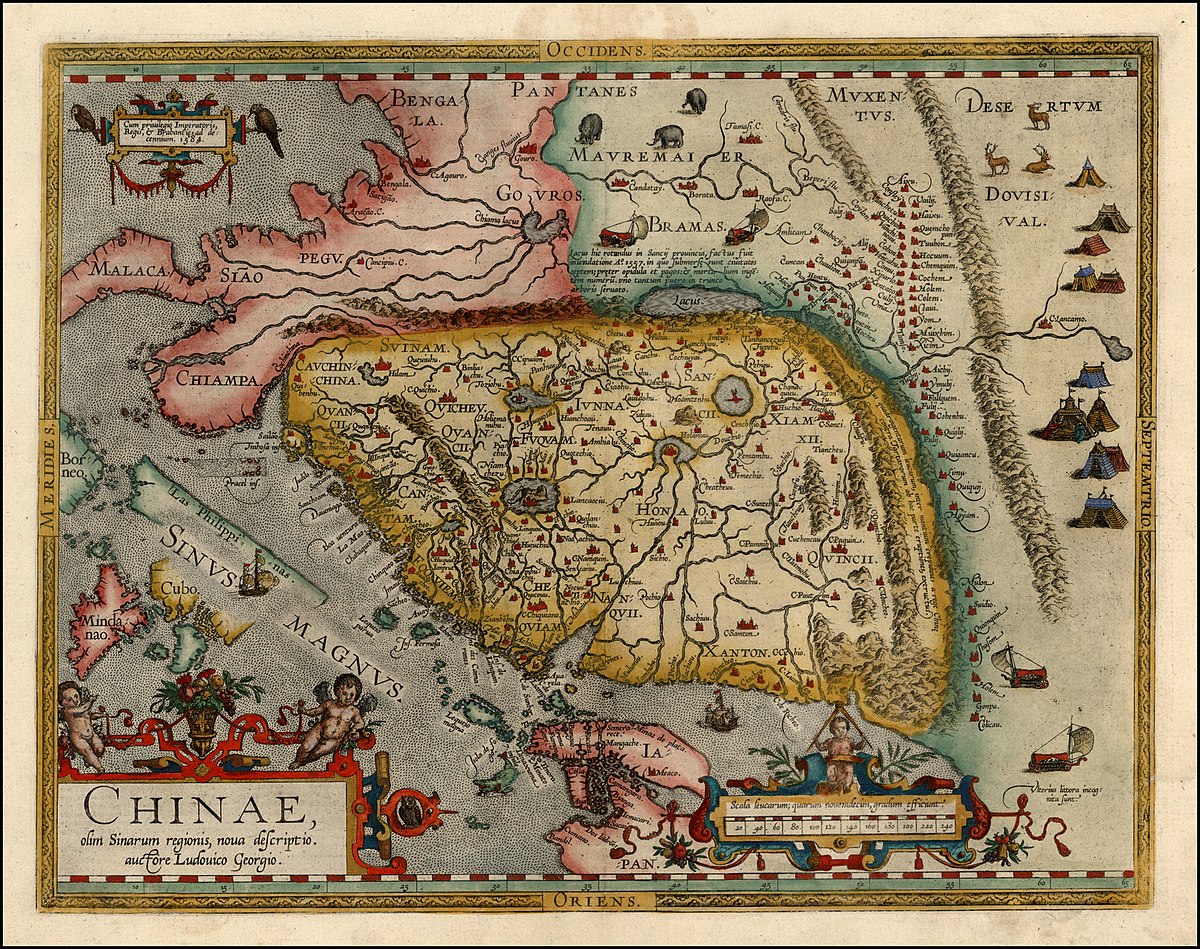
Beiping: A Legacy Etched in Beijing's Heart
Modern Beijing, the vibrant capital of China, carries a name echoing centuries past: Beiping, meaning "Northern Peace." This moniker, however, transcends simple translation. It embodies a legacy interwoven with dynastic transitions, cultural shifts, and the enduring spirit of a city witnessing empires rise and fall.
The Dawn of Beiping
Under the mighty Ming dynasty, during the reign of the ambitious Yongle Emperor in the early 15th century, Beijing was christened Beiping. While "Northern Peace" is the literal translation, it subtly implied "Northern Plains," reflecting the city's geography. This wasn't mere renaming; it was a strategic maneuver.
The Yongle Emperor, having relocated the Ming capital from Nanjing ("Southern Capital") to Beiping, sought to solidify his grip on the north, a region susceptible to nomadic invasions. By establishing Beiping as the new capital, he projected stability and strength, conveying his commitment to safeguarding the empire.
Beiping Through the Ages
For over five centuries, the name Beiping resonated. It witnessed the Ming dynasty's peak and eventual decline, followed by the rise of the Manchu-led Qing dynasty. Under the Qing, in 1644, Beiping would be renamed Beijing, meaning "Northern Capital."
Experiencing Beiping's Legacy Today
Although officially Beijing since the 17th century, echoes of "Beiping" linger in the city's spirit. Wandering through ancient alleyways (hutongs) and grand avenues, one feels the weight of history, a tangible link to the Beiping era.
Glimpses into Beiping's Past:
| Location | Significance |
| Forbidden City | Built by the Yongle Emperor, the imperial palace for the Ming and Qing dynasties. |
| Temple of Heaven | Constructed during the Ming dynasty, where emperors performed sacrifices to Heaven. |
| Old City Walls | Though fragmented, sections of the wall encircling Beiping still stand, sentinels of a bygone age. |
Delve Deeper:
-
"Cambridge History of China": Comprehensive insights into the Ming and Qing dynasties and their influence on Beiping.
-
"The Forbidden City: An Illustrated History": A captivating visual journey into the heart of imperial Beiping.
Q&A
1. When did Beiping become Beijing?
Beiping officially became Beijing in 1644 with the Qing dynasty's rise.
2. Why did the name change from Beiping to Beijing?
The change signified the city's continued role as the seat of imperial power and solidified the Manchu rulers' legitimacy over China.
3. Is Beiping still used today?
While not the official name, "Beiping" appears in historical contexts, evokes the city's past, and might be used by older residents out of familiarity or nostalgia.
More article references: coordinates beijing china